Sugar pine Tree
- June 5, 2023
- 0 comment
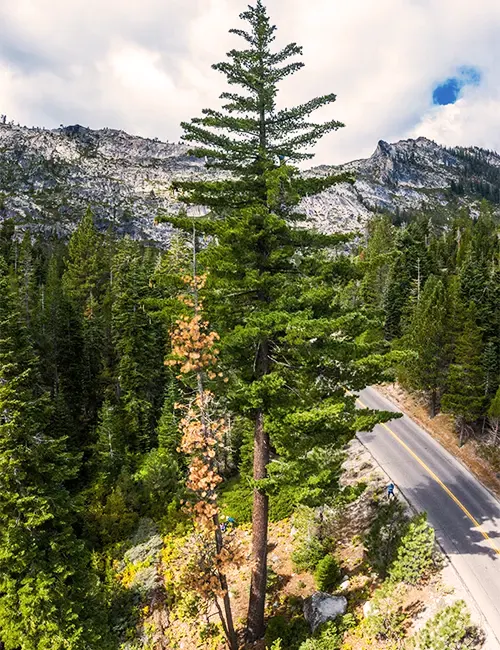
Common Name: Sugar Pine
Botanical Name: Pinus lambertiana
Family: Pinaceae
Plant Type: Evergreen tree
When it comes to towering giants of the forest, the Sugar Pine (Pinus lambertiana) stands tall as one of nature’s most impressive creations. Known for its grandeur and beauty, this magnificent coniferous tree has captured the hearts of nature enthusiasts and hikers alike. Let’s delve into the world of the Sugar Pine and explore its characteristics, benefits, care, and much more.
The Sugar Pine is an evergreen tree native to the mountains of western North America. With its straight trunk and pyramidal shape, it can reach staggering heights of up to 200 feet (61 meters). Its impressive size and striking appearance make it a true standout in any landscape.
Read about Sugar pine Lumber
Tree Details

Hardiness Zones
The Sugar Pine thrives in USDA hardiness zones 4 to 8, which cover a wide range of climates across North America, from cool temperate regions to mild Mediterranean climates.
Tree Type
The Sugar Pine (Pinus lambertiana) belongs to the Pinaceae family, which is the family of pine trees. It is classified as a coniferous tree, specifically a softwood tree. Coniferous trees are characterized by their needle-like leaves, cone-bearing reproductive structures, and evergreen nature.
As a softwood tree, the Sugar Pine differs from hardwood trees in its wood composition. Softwood trees typically have a more open and less dense cell structure, making their wood lighter and more flexible compared to the denser and harder wood of hardwood trees. Softwood trees, including the Sugar Pine, are commonly used in construction, woodworking, and the production of paper and pulp.
The tree type of the Sugar Pine is particularly significant due to its unique characteristics and adaptations. Its evergreen nature means that it retains its foliage year-round, providing year-round beauty and contributing to its ecological functions, such as providing shade and acting as a carbon sink.
The Sugar Pine’s needle-like leaves, which are arranged in clusters or fascicles, are long and slender, measuring around 3 to 5 inches (7 to 13 centimeters) in length. These needles have a characteristic bluish-green color, adding to the tree’s visual appeal.
One of the distinguishing features of the Sugar Pine is its cones. These cones are among the largest cones produced by any coniferous tree, reaching impressive lengths of up to 24 inches (61 centimeters). The cones are cylindrical in shape and have a woody texture. They hang down from the branches and persist on the tree for several years, eventually releasing their seeds.
The Sugar Pine’s tree type as a coniferous softwood makes it well-adapted to its natural environment. Its evergreen foliage enables it to photosynthesize throughout the year, even in colder seasons. The long, flexible needles help reduce water loss and minimize damage from strong winds. The large cones serve as a means of reproduction, protecting and dispersing the tree’s seeds to ensure the species’ survival.

Mature Size
At maturity, the Sugar Pine can have a crown spread of 30 to 40 feet (9 to 12 meters), forming a broad and dense canopy.
Growth Rate
While the Sugar Pine is not the fastest-growing tree, it has a moderate growth rate, typically adding around 12 to 24 inches (30 to 60 centimeters) in height per year.
Sun Preference
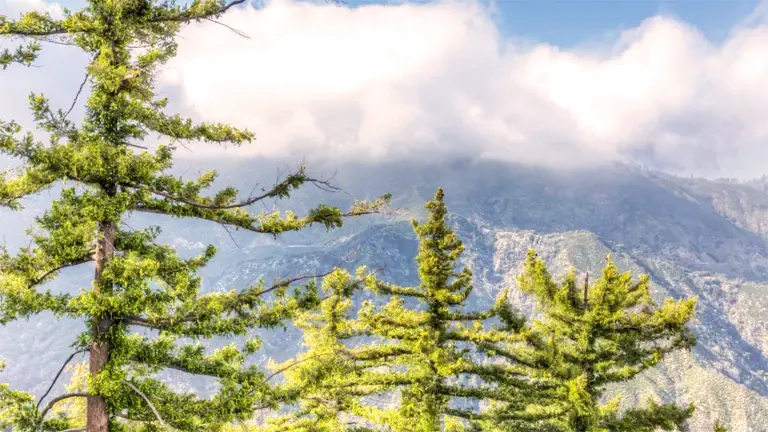
The Sugar Pine (Pinus lambertiana) has a strong preference for full sun exposure, meaning it thrives in open areas with plenty of direct sunlight. This majestic tree is well-adapted to bask in the warmth and radiance of the sun’s rays. While it can tolerate partial shade, especially during its early stages of growth, providing it with ample sunlight is crucial for its overall health and vigor.
Full sun exposure ensures that the Sugar Pine receives the necessary energy for photosynthesis, the process by which it converts sunlight into essential nutrients and energy. Sunlight is a vital ingredient in the tree’s metabolic processes, including the production of sugars and carbohydrates, which are essential for growth and development.
In addition to fueling its photosynthetic activities, sunlight plays a role in shaping the Sugar Pine’s physical characteristics. The abundant sunlight promotes optimal branching and foliage density, leading to a lush and dense canopy. The Full sun exposure encourages the development of strong and sturdy branches, contributing to the tree’s ability to withstand harsh weather conditions, such as strong winds and heavy snow loads.
Moreover, the Sugar Pine’s preference for full sun is closely tied to its reproductive cycle. Adequate sunlight is essential for the tree to produce the large and iconic cones for which it is known. These cones serve as the reproductive structures of the tree, containing the seeds necessary for its propagation. Direct sunlight helps stimulate cone development, ensuring the successful reproduction and regeneration of the species.
While the Sugar Pine can tolerate some shade, it is important to note that excessive shade can have negative impacts on its growth and overall health. Insufficient sunlight can lead to weakened branches, sparse foliage, and reduced cone production. Therefore, when selecting a planting location for a Sugar Pine, it is advisable to choose a site that receives abundant sunlight throughout the day to maximize the tree’s potential and ensure its long-term vitality.
Soil Preference
Sugar Pines grow best in well-drained soils that are slightly acidic to neutral in pH. They can tolerate a variety of soil types, including loam, sand, and rocky soils.
Attributes
The Sugar Pine boasts several remarkable attributes. Its most distinguishing feature is its large, cylindrical cones, which can grow up to 24 inches (61 centimeters) long, making them the longest pine cones in the world. The cones contain edible seeds that were traditionally harvested by Native American tribes.

Wildlife Value
The Sugar Pine provides essential food and habitat for various wildlife species. Its seeds are a vital food source for birds, squirrels, and other small mammals. Additionally, its thick canopy offers shelter to numerous forest creatures.

Care
To ensure the health and vitality of your Sugar Pine tree, it is important to provide it with proper care. Regular watering during dry periods and mulching around the base of the tree to retain moisture are essential. Pruning is generally unnecessary, but if desired, it should be done during the dormant season.
Varieties
While the Sugar Pine does not have distinct varieties, there may be slight variations in growth habits and cone size within different populations across its range.
Pruning
Pruning of the Sugar Pine is generally not necessary, as it naturally forms a well-balanced shape. However, if pruning is required, it should be done sparingly and during the dormant season to minimize stress on the tree.

Propagating
The Sugar Pine can be propagated from seeds. The seeds should be collected from mature cones and sown in well-prepared seedbeds or containers. Patience is required, as it may take several years for the seedlings to reach a suitable size for transplanting.
Common Pests & Diseases
The Sugar Pine (Pinus lambertiana) is generally considered to be a relatively healthy and resilient tree species. However, like all living organisms, it is susceptible to certain diseases and pests. Here are some common diseases that can affect the Sugar Pine:

White Pine Blister Rust (Cronartium ribicola)
This is a fungal disease that affects various species of white pines, including the Sugar pines. It is a significant concern for the species as it can cause extensive damage and mortality. The disease is characterized by the formation of cankers on the trunk and branches, oozing a white or amber-colored resin. In severe cases, the cankers can girdle the tree, leading to its decline and death. Efforts are made to manage this disease through tree breeding programs and the removal of infected trees.

Sphaeropsis Tip Blight (Sphaeropsis sapinea):
This fungal disease primarily affects the tips of the branches, causing browning, dieback, and needle drop. It is more common in stressed or weakened trees, often as a result of drought, insect damage, or poor site conditions. Infected needles may show black fruiting bodies of the fungus. Proper tree care, including watering during dry periods and promoting tree vigor, can help prevent and manage this disease.
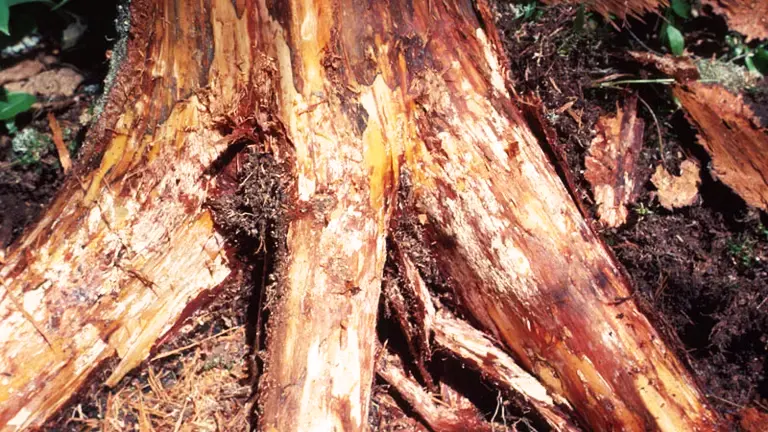
Armillaria Root Disease (Armillaria spp.):
This is a group of fungal pathogens that can cause root rot and decay in a variety of tree species, including the Sugar Pine. Infected trees may exhibit thinning foliage, stunted growth, and dieback. The presence of honey-colored mushrooms at the base of the tree is a common sign of Armillaria infection. Good tree management practices, such as maintaining soil drainage and avoiding root damage, can help prevent and minimize the impact of this disease.

Diplodia Tip Blight (Diplodia pinea):
This fungal disease affects various pine species, including the Sugar Pine. It typically causes dieback and browning of the needles, starting from the tips and progressing toward the branches. The infected needles may develop black fungal fruiting bodies. Diplodia tip blight often targets weakened or stressed trees, and it can spread through infected pruning tools or contaminated debris. Pruning infected branches and promoting tree vigor is essential for managing this disease.
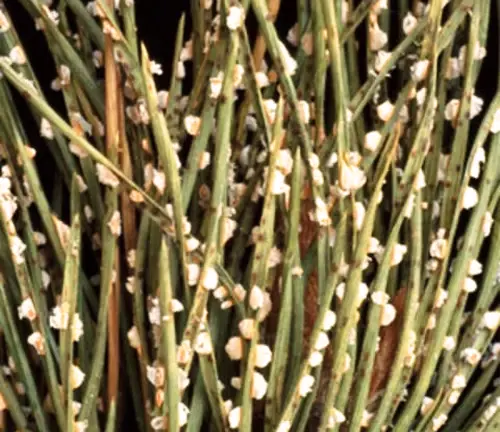
Pine Needle Rust (Coleosporium asterum)
This fungal disease primarily affects the needles of pine trees, causing yellow-orange pustules or blisters on the needles. Infected needles may eventually turn brown and drop prematurely. The fungus completes its lifecycle on an alternate host, usually a species of aster or goldenrod. Although this disease may not cause severe damage to the Sugar Pine, it can affect the aesthetic value of the tree. Fungicide treatments and the removal of alternate hosts can help manage this rust disease.
Benefits
The Sugar Pine offers numerous benefits to both the environment and humans. Its dense foliage provides shade and helps regulate temperatures in its surroundings. The tree’s wood is highly valued for its quality and is utilized in various industries. Additionally, the Sugar Pine contributes to the overall biodiversity of forests and provides habitat for wildlife.
Invasive
The Sugar Pine is not classified as an invasive species. It is a native tree that plays a vital role in the ecosystems of western North America.
Lifespan
Sugar Pines have an impressive lifespan and can live for several hundred years. Some individuals have been known to survive for over 500 years, making them living witnesses to history.
Disadvantages
While the Sugar Pine has many admirable qualities, it does have a few disadvantages. Its large size can make it unsuitable for small gardens or urban areas with limited space. Additionally, the falling cones of mature trees can be a hazard if not properly managed.
Edible or Not
Yes, the seeds of the Sugar Pine are edible and have a sweet, nutty flavor. Native American tribes historically harvested and consumed these seeds.
Habitat Requirements
Sugar Pines thrive in mountainous regions with well-drained soils and ample sunlight. They are most commonly found in the Sierra Nevada and Cascade mountain ranges of western North America.
Name Origin
The common name “Sugar Pine” refers to the sweet resin that was once collected from the tree’s bark by Native American tribes. The resin was used as a source of sugar.
Fun Facts:
- The Sugar Pine produces the longest pine cones in the world, reaching up to 24 inches (61 centimeters) in length.
- The wood of the Sugar Pine is prized for its lightness and workability, making it a favorite among woodworkers and artisans.
- The Sugar Pine’s scientific name, Pinus lambertiana, honors the English botanist Aylmer Bourke Lambert.
Hardness
The Sugar Pine is a relative softwood tree, which means its wood is not as hard as some other species. However, it is still durable and suitable for various applications.
Characteristics
The Sugar Pine is characterized by its towering height, pyramidal shape, and long, cylindrical cones. Its needles are long and slender, typically measuring around 3 to 5 inches (7 to 13 centimeters) in length. The tree’s bark is thick and furrowed, providing protection against wildfires and other environmental stresses.
In conclusion, the Sugar Pine stands as a majestic symbol of the North American wilderness. Its impressive size, striking appearance, and edible seeds make it a valuable and cherished tree. Whether you encounter it in the wild or have the privilege of cultivating one in your garden, the Sugar Pine is sure to captivate and inspire generations to come.
Frequently Asked Questions
Q: Are Sugar Pine seeds edible?
A: Yes, the seeds of the Sugar Pine are edible and have been traditionally harvested by Native American tribes.
Q: How long does a Sugar Pine tree live?
A: Sugar Pines can live for several hundred years, with some individuals reaching ages of over 500 years.
Q: Is the Sugar Pine an invasive species?
A: No, the Sugar Pine is not considered an invasive species. It is native to western North America.
Q: Can the wood of the Sugar Pine be used for timber?
A: Yes, the wood of the Sugar Pine is highly valued for its fine grain and is commonly used for construction, furniture, and woodworking.

John Carlos
Forestry AuthorThe beauty of logging isn't just about felling trees. It's about understanding nature, mastering the art of chainsaws, and respecting the environment. I believe in sharing my experiences and knowledge, ensuring that we move towards a sustainable future together.


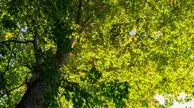
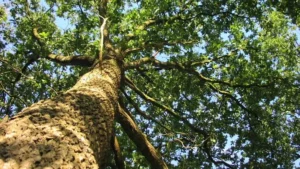

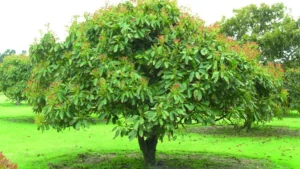
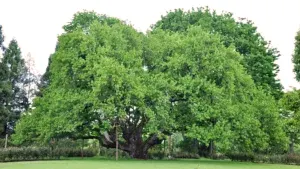

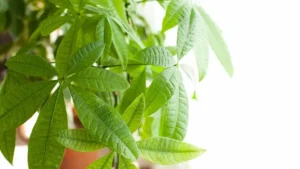
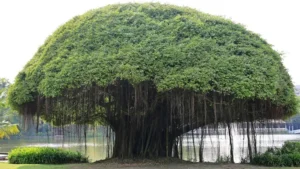
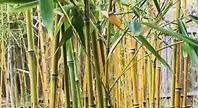
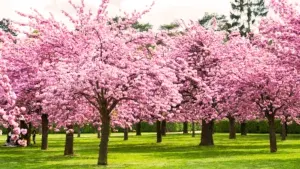
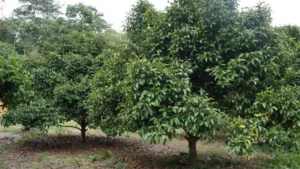
Leave your comment